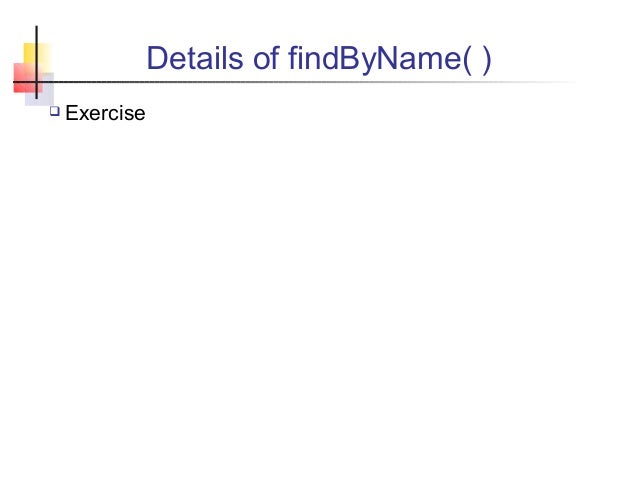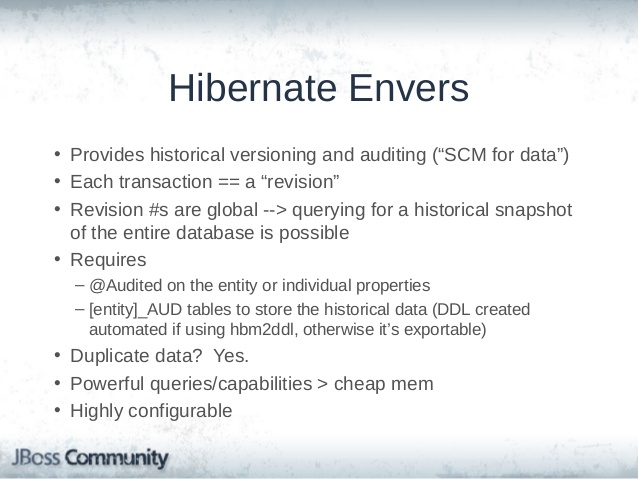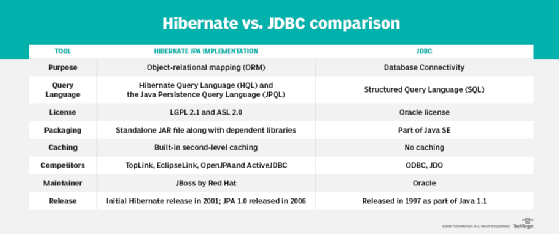
However, even if the createdOn and updateOn properties are set by the Hibernate-specific and annotations, the createdBy and updatedBy require registering an application callback, as illustrated by the following JPA solution.

We'll also learn what bidirectional relationships are, how they can create inconsistencies, and how the idea of ownership can help. Getters and setters omitted for brevityĪnd, all entities will extend the BaseEntity, like this: = "post") This quick Hibernate tutorial will take us through an example of a one-to-many mapping using JPA annotations, an alternative to XML. Private String = LocalDateTime = "updated_by") You can use to define a base class that will be extended by all entities: class BaseEntity Long = LocalDateTime = "created_by") Hibernate offers the and annotations that can be used to map the created_on and updated_on columns. Let's assume you have the following database tables: You can allow the database to do that.įor the create_on column, you could use a DEFAULT DDL constraint, like : ALTER TABLE postĭEFAULT CURRENT_TIMESTAMP() FOR created_on įor the updated_on column, you could use a DB trigger to set the column value with CURRENT_TIMESTAMP() every time a given row is modified. What annotations would you use for the mapping (e.g. Whom would you make responsible for setting the timestamps-the database, the ORM framework (Hibernate), or the application programmer? Only if you are using, you need to specify the annotation, like this: = "created_on")īut, it's much better if you map it like this: = "created_on") you are using the LocalDateTime or to map a timestamp entity property, then you don't need to use since HIbernate already knows that this property is to be saved as a JDBC Timestamp. POM stands for project object model, which allows us to add or remove dependency from 1 location. Step 2: Add the dependency to the pom.xml file After setting up a maven project, by default, you get a POM.xml file which is a dependency file. What annotations would you use for the mapping (e.g. Step 1: Create Maven Project (Eclipse) Go to next and name a project and click to finish. You can also use the legacy Date, but the Java 8 Date/Time types are better since they are immutable, and don't do a timezone shifting to local timezone when logging them. On the Java side, you can use the Java 8 LocalDateTime. What data types would you use in Java (Date, Calendar, long.
Hibernate annotations jpa driver#
In MySQL, the TIMESTAMP column type does a shifting from the JDBC driver local time zone to the database timezone, but it can only store timestamps up to 03:14:07.999999, so it's not the best choice for the future. What data types would you use in the database (assuming MySQL, possibly in a different timezone that the JVM)? Will the data types be timezone-aware?
Hibernate annotations jpa how to#
This means that if we let Hibernate generate the database schema automatically, it applies the not null constraint to the particular database column. This tutorial will discuss the right way to configure Spring Transactions, how to use the Transactional annotation and common pitfalls. It's used mainly in the DDL schema metadata generation. The annotation is defined as a part of the Java Persistence API specification.

This is because the pre-persist entity lifecycle event triggered the bean validation just before sending the query to the database.

Consequently, invalid data wasn't saved to the database. It's important to notice that Hibernate didn't trigger the SQL insert statement. List of constraint violations:Īs we can see, in this case, our system threw. HHH000346: Error during managed flush [Validation failed for classes


 0 kommentar(er)
0 kommentar(er)
